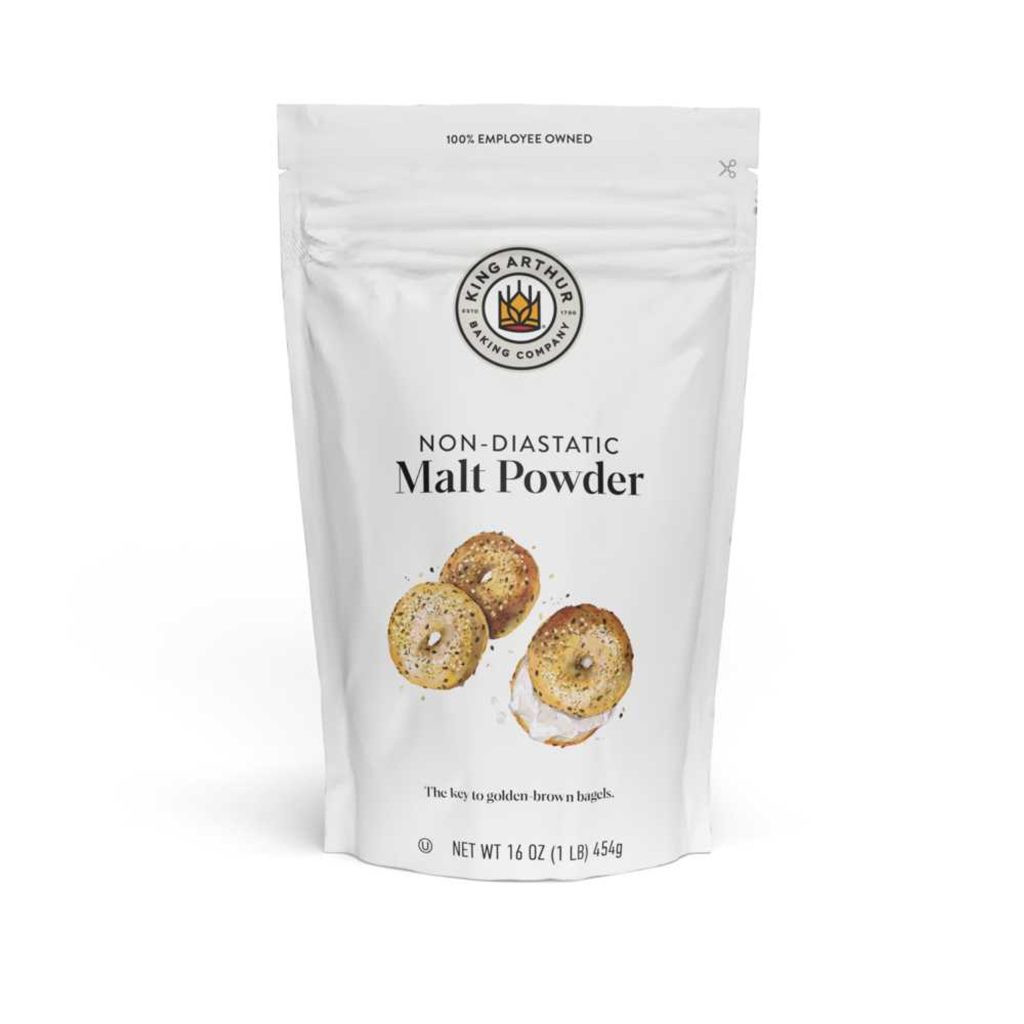What’s the difference?
Both are made from barley kernels which are allowed to begin to sprout, then dried in an oven, ground, combined with water, filtered and dried again.
Diastatic Malt
The kernels are dried for a long time at a very low temperature. This preserves their vitamins and a number of different enzymes. Some of these enzymes help to convert some of the starch in the flour into simple sugars (a yeast food). Aside from doing this, diastatic malt also improves a loaf’s appearance and texture and helps it stay fresh long- er. You only need to use about 1 teaspoon per 3 cups of flour. Any more than that may cause it to convert too much of the starch to sugar, turning your dough into soup.
Non-Diastatic Malt
The kernels are dried at a much higher heat and a faster drying process is used. Its starch digesting enzymes are rendered inactive in the process. This is still an excellent yeast food on its own and can replace the sweetener 1:1 in your yeast bread recipe. It’s also a key ingredient in bagel making. When added to the boiling water bath, it helps to give the bagels a shiny crust.
Barley Malt Syrup
This is the same thing as Non-Diastatic Malt, but in a syrup form. It is used mainly as a sweetener and can be used to replace the sugar 1:1 in your yeast bread recipe.

